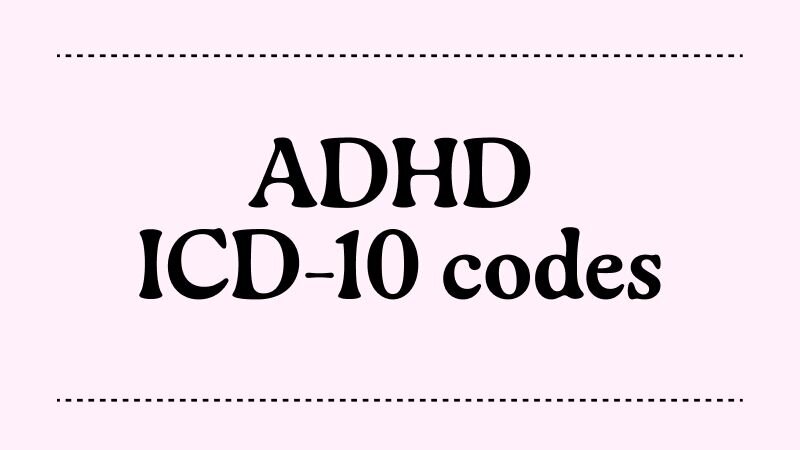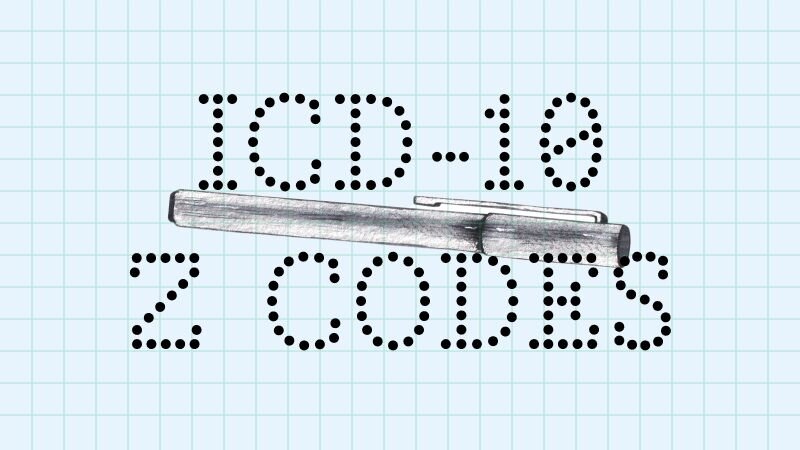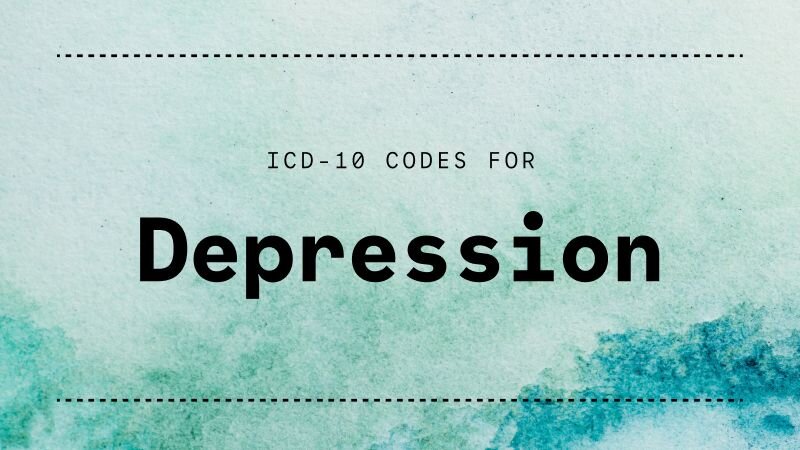
ICD-10 codes for ADHD
A client presenting the symptoms of ADHD will most commonly be diagnosed with a specifier code that provides detail about how their symptoms present.

Z codes are an important tool for identifying the social needs of a patient population. Here’s how to leverage them effectively and compliantly.
Z codes are an important tool for identifying the social needs of a patient population. The data collected through Z codes — specifically social determinants of health (SDOH) codes — helps inform quality of care. This leads to more personalized, focused care and guides effective community partnerships that address the specific needs of its population.
Z codes are a section in the ICD-10 coding manual, listed under “Z00-Z99: Factors influencing health status and contact with health services.”
Overall, Z codes help indicate the reason for an encounter with a health service provider, especially when other ICD-10 categories can’t effectively capture the full circumstances leading to that patient’s need for care because the problem is distinct from a classifiable illness or injury.
As a specific subset of Z codes, social determinants of health (SDOH) codes are located in categories Z55 through Z65, and allow care interactions to be associated with socioeconomic and psychosocial factors.
“SDOH are the conditions in the environments where people are born, live, learn, work, play, worship, and age that affect a wide range of health, functioning, and quality-of-life outcomes and risks,” according to the Center for Medicare & Medicaid Services.
SDOH-related Z codes allow for research and analysis at the system level to help organizations, providers, hospitals, health plans, and advisory boards to identify unmet social needs for patients and communities across the country.
Any health care provider can document their patient’s social needs by collecting SDOH data during any encounter, including intake assessments and regular mental health care sessions.
Z codes cannot be listed as a primary diagnosis for billing, in most cases, as Z codes distinctly refer to problems outside of illness or injury. In order to be eligible for reimbursement, insurance carriers require mental health care to meet a requirement for “medical necessity”, — a clinically appropriate service to treat a diagnosis of disorder, illness, or injury — which Z codes on their own do not meet.
Z codes can, however, be used along with a primary diagnosis code that describes the client’s specific disorder, illness, or injury in need of treatment. (For example, an F code related to the client’s presenting symptoms.) In this case, the Z code is recorded as an additional factor that helps inform the circumstances that led to the required care.
Following best practices for diagnosis and documentation means you’ll have fewer denials, and fewer requests for notes or additional information from insurance companies.
Often there are F codes that describe a set of symptoms and would accurately represent the clinical presentation for which you might have only used a Z code.
Only a licensed professional can recommend the appropriate F10-F99 diagnosis code for a mental, behavioral, or neurodevelopmental disorder. We’ve included a list of some commonly used secondary Z codes below, along with examples of primary diagnosis codes that have been used by other providers.
It’s important that you make a clear, accurate and specific diagnosis that is appropriate to your individual patient clinical picture. These examples should be for reference and are not intended to guide a diagnosis. The client must meet diagnostic criteria for the F code they are assigned.
Z63.4: Disappearance and death of family member
For Z56.9 - Unspecified problems related to employment (includes Occupational Problems NOS):
For Z60.0 - Problems of adjustment to life-cycle transitions (includes Empty nest syndrome, Phase of life problem, Problem with adjustment to retirement)
For Z63.0 - Problems in relationship with spouse or partner (Relationship distress with spouse or intimate partner)
For Z63.4 - Disappearance and death of family member (Assumed death of a family member, Bereavement)
This document is intended for educational purposes only. It is designed to facilitate compliance with payer requirements and applicable law, but please note that the applicable laws and requirements vary from payer to payer and state to state. Please check with your legal counsel or state licensing board for specific requirements.

A client presenting the symptoms of ADHD will most commonly be diagnosed with a specifier code that provides detail about how their symptoms present.

Here are some of the most common ICD-10 codes associated with depressive symptoms, with different criteria for frequency, severity, and other features.

There are many ICD-10 codes associated with anxiety disorders. Generalized Anxiety Disorder is most common, but there may be a more precise code that documents your diagnosis more effectively.